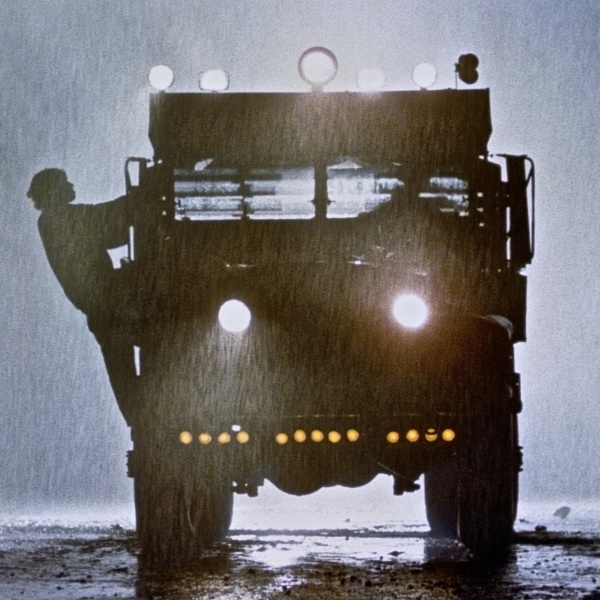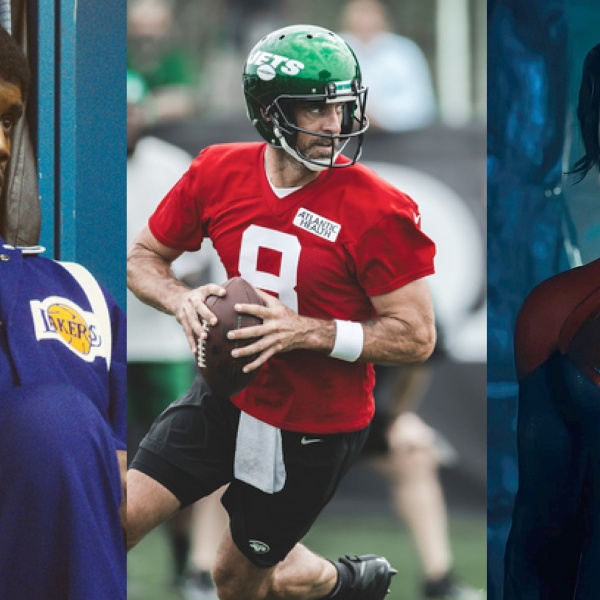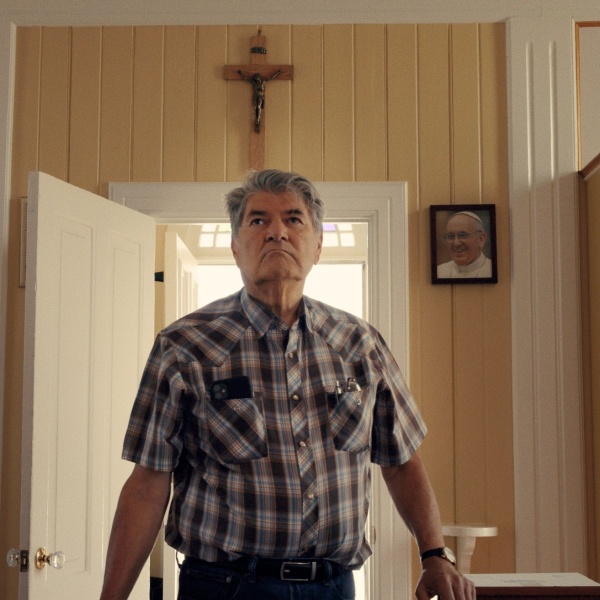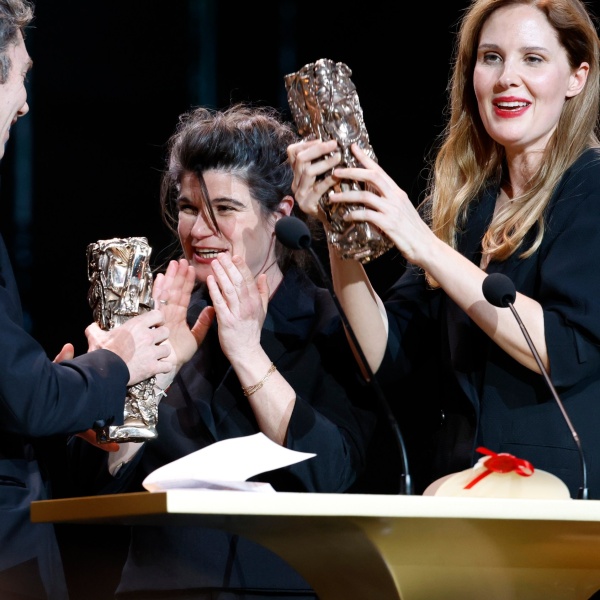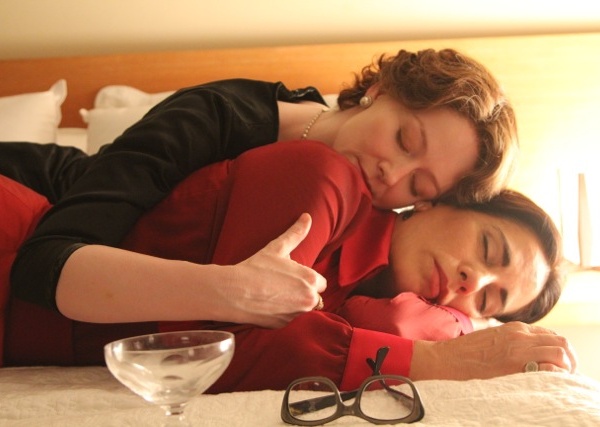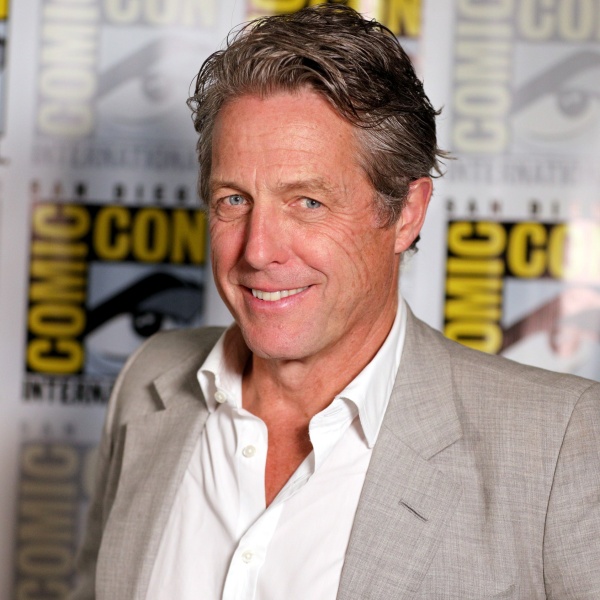For comedy fans of a certain age, watching VHS copies of the 1982 concert film “Richard Pryor: Live on the Sunset Strip” until the tape fell off of the spools was a rite of passage. Until Eddie Murphy‘s “Raw” dethroned it later in the 1980s, it was the most successful stand-up special of all time, and understandably so; marking Pryor‘s return to the stage after the freebasing accident that almost killed him, it was not only hilarious but revealing and poignant — the passage toward the end of the film in which Pryor personifies his crack pipe and acts out his own struggles with it is one of the most potent depictions of addiction ever put on screen.
The problem is that those VHS copies, as well as the blurry transfers on cable television where “Sunset Strip” was a staple for years, captured the greatness of Pryor’s performance but didn’t really capture the greatness of “Richard Pryor: Live on the Sunset Strip” as a film. Most of the copies of “Sunset Strip” that circulated in its heyday were grainy and dark, which didn’t really bother those of us who didn’t know what we were missing — hearing Pryor’s routines and seeing a vague visual outline of them was enough.
Now, however, a new 4K UHD release from Sony reveals the gorgeous film that was hiding beneath the murk all along — and provides a greater appreciation of Pryor’s performance in the process. The new transfer is rich in detail, vivid in its colors (Pryor’s bold red suit has never been so eye-popping), and impeccably calibrated in its balance between light and shadow, exposing new nuances in the smallest expressions and gestures.
“Delicate” is not a word one often hears applied to Pryor, but the delicacy and subtlety of his work comes through here in close-ups that remind one of his extraordinary range and depth. When he slips into characters, whether it’s a gazelle he observed in Africa or a mobster he used to work for in the comedy clubs or his old standby Mudbone, the transformation is complete but never labored; Pryor was one of the great mimics of all time, yet he’s not remembered that way because he never lingered on his impersonations — he gets in late and gets out early, making what he does look effortless when it must have been the result of endless hours of honing his craft.
That said, the perfection of what he does in “Richard Pryor: Live on the Sunset Strip” was not easily achieved, and Pryor had a lot of help. The movie is less a documentary record of a performance than a carefully constructed recreation that uses cinematic sleight of hand to create a show better than the one Pryor actually gave. It was taken from two performances at the Hollywood Palladium, the first of which was, by all accounts from those were there (like “Ed Wood” and “People vs. Larry Flynt” screenwriter Larry Karaszweski, then a USC film student), a disaster. Pryor was nervous and on edge, and after losing his place in the set simply walked off stage after only about a half-hour.

The second night clearly went better based on the evidence in “Sunset Strip,” but because the film was pieced together not only from the best moments of both nights but additional reshoots not shot at the Palladium, it’s hard to say if either night really represented the comic at his peak. Yet the movie is unquestionably peak Pryor, thanks not only to director Joe Layton and editor Sheldon Kahn’s masterful stitching together of his best moments (and their skill at carefully using the calmer moments in between to create smooth comic rhythms) but to the movie’s secret weapon, cinematographer Haskell Wexler.
Wexler was one of the all-time great directors of photography; the original “Thomas Crown Affair,” “In the Heat of the Night,” and “Who’s Afraid of Virginia Woolf?” are just a few of his early credits, and he would go on to incredible work with Hal Ashby, John Sayles, Ron Shelton, and other major auteurs. Wexler knew how to craft a beautiful image, and the lighting in “Richard Pryor: Live on the Sunset Strip” is exquisite — a fact that is more evident than ever before on the new 4K disc.
Wexler also knew how to catch action on the fly; his greatest achievement as both cinematographer and director was his 1969 drama “Medium Cool,” which expertly integrated documentary footage he shot at the 1968 Democratic National Convention with the story of a TV news cameraman (Robert Forster) caught up in the action. In a sense Wexler is creating a similar documentary-narrative hybrid in “Sunset Strip,” a movie constructed out of some real material and some restaged after the fact, all of which feels like a seamless whole thanks to the consistency of Wexler’s work.
Wexler, whose energy was unrivaled among cinematographers (he was still making new films into his 90s), was the perfect guy to capture the electricity of Pryor’s performances; his six cameras prowl the stage with the comedian, sometimes alongside of him and sometimes in counterpoint, always enhancing or emphasizing the joke rather than detracting from it. (The only thing in the movie that occasionally works against Pryor is Landon’s decision to cut away to the audience too often, usually for reactions that seem to belong to other jokes.)
The dynamism of Wexler’s camera makes “Richard Pryor: Live on the Sunset Strip” one of the few movies that really captured and was worthy of Pryor’s talent. Aside from Paul Schrader’s “Blue Collar” and Pryor’s own directorial effort “Jo Jo Dancer, Your Life is Calling,” Hollywood rarely figured out what to do with Pryor; as Karaszewski has noted, they took away the danger, and the result was a pale, sometimes weirdly unfunny facsimile of a comic who was one of the best to ever get on stage. “Richard Pryor: Live on the Sunset Strip” shows Pryor undiluted, and if anything made even better than he was by his collaborators — something that had only happened before on “Blue Collar,” and that would never happen again. It’s essential viewing for stand-up fans, and the new 4K release is indispensable.

